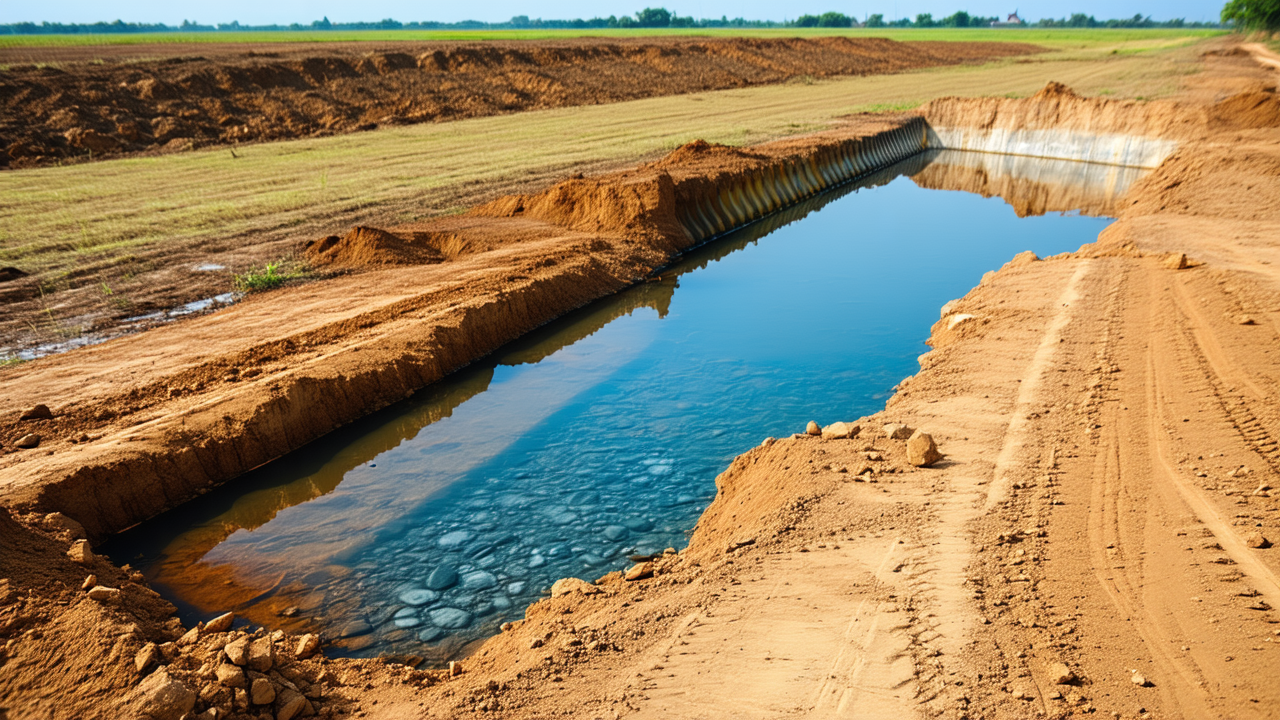Kaitāia Aquifer Project Overran Budget and Timelines Due to Poor Planning, Review Finds
Kaitāia Aquifer Project Overran Budget and Timelines Due to Poor Planning, Review Finds
A long-awaited review of Kaitāia’s aquifer project has revealed that a lack of planning, poor coordination, and a failure to engage with local communities were major contributors to the project’s delays and cost overruns. The project, which was meant to take five years and cost significantly less, instead took 14 years and exceeded the initial budget by millions of dollars.
A Vision for Water Security
In 2011, the Far North District Council, under the leadership of the former mayor, made a bold decision to drill two bores into the Sweetwater aquifer, located north of Kaitāia. The goal was to address the town’s recurring water shortages during summer droughts. However, the project was plagued by delays, and it wasn’t until early 2025 that water from the aquifer finally began flowing through Kaitāia’s taps.
Cost Overruns and Financial Strain
The review, presented at a recent council meeting in Kaikohe, confirmed that the total cost of the project now stands at $18,016,070. Of this, only $2.4 million was spent from 2011 to 2017 on the initial bore site development. The bulk of the spending—$14.9 million—occurred between 2020 and 2024, with a significant portion going toward access costs, including land purchases and easement payments to landowners.
Delays and the Absence of a Clear Plan
One of the report’s key findings was the absence of a comprehensive project plan. This lack of direction led to a failure in identifying necessary components, estimating costs, and setting clear timelines. As a result, the project suffered from a “stop-start” effect caused by staff turnover and inadequate asset management. The report also highlighted that the lack of early engagement with property owners and mana whenua led to redesigns and further delays.
A Costly Solution for a Vital Need
The project was largely funded through a combination of rates and reserves, loans, and external grants. The most significant financial burden was borne by loans, which accounted for $11.7 million of the total. Despite the high costs, the project has now provided Kaitāia with a more reliable water source, reducing the town’s reliance on the drought-sensitive Awanui River.
Lessons for Future Projects
Councillor Mate Radich has called for greater transparency and better planning in future infrastructure projects. The report serves as a cautionary tale for local councils and government agencies, emphasizing the importance of thorough planning, community engagement, and the need for a clear, overarching project strategy to avoid similar pitfalls.
